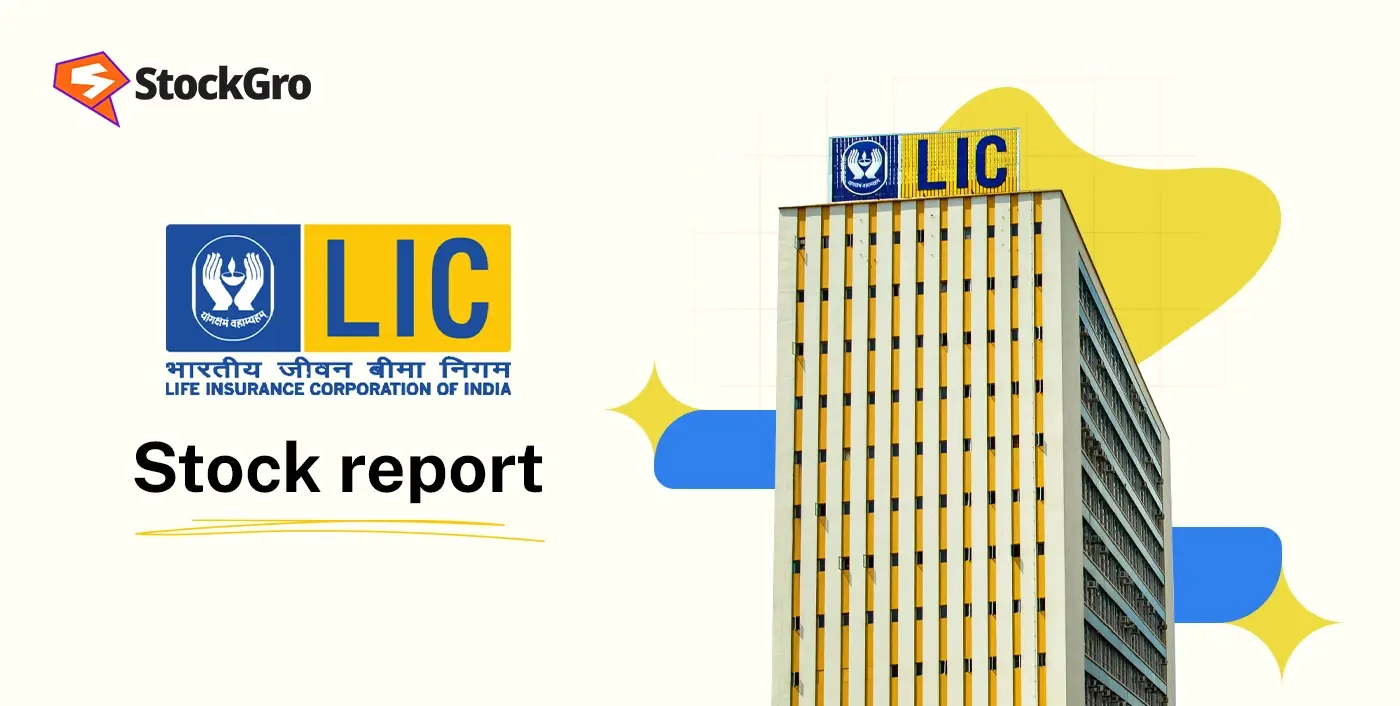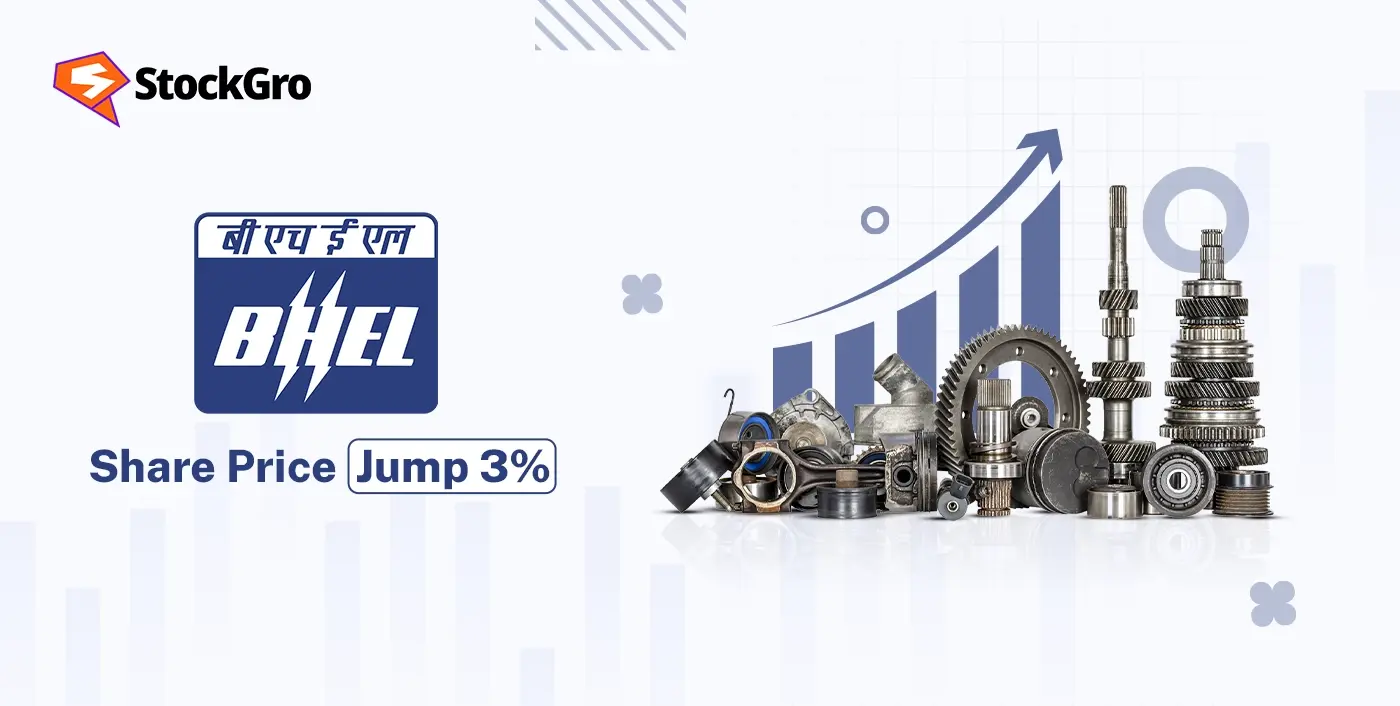
Stock overview
| Ticker | LIC India |
| Sector | Insurance |
| Market Cap | ₹ 5,86,000 Cr |
| CMP (Current Market Price) | ₹ 923 |
| 52-Week High/Low | ₹ 1222/715 |
| Beta | 0.90 (Low volatility) |
About LIC India Ltd.
LIC is the largest life insurer in India, both in terms of premium collected and number of policies sold. Founded in 1956, this state-owned behemoth holds over 60% market share in new business premiums and has the largest asset base among Indian insurers. Post its IPO in 2022, LIC has seen increased public scrutiny and a focus on improving profitability and shareholder value.
Primary growth factors for LIC India Ltd
1. Underpenetrated Insurance Market
- Life insurance penetration in India is still below 4% of GDP.
- Rising middle class and increasing awareness to fuel demand.
- Shift to High-Margin Products
- LIC pushes non-par and ULIP products to boost margins.
- Digital onboarding to reduce cost-to-income ratios.
- Policyholder-to-Shareholder Fund Migration
- More profit being transferred to shareholders post-IPO.
- Q4 FY25 saw record transfer, boosting earnings visibility.
- Operational Efficiency Improvements
- Increased automation and tech adoption.
- Simplification of product offerings and customer onboarding.
Q4 FY25 financial performance
| Metric | Q4 FY 25 | YoY Growth | QoQ Growth |
| Net premium income | ₹ 1,47,585 cr | -3% | 42% |
| Operating Expense | ₹ 16,495 cr | -32% | 13% |
| Provision for bad debt | ₹ 1,015 cr | 50% | 32% |
| PAT | ₹ 19,012 cr | 30% | 45% |
LIC India has delivered moderate results in Q4 FY 25. While premium income has reduced by 3%, the growth in profitability has been fairly good at 30% which can be attributed to keeping a tight control on the expenses.
Detailed competition analysis for LIC India
| Company | Market Cap | Revenue | P/E Multiple | RoCE |
| LIC India | ₹ 5,86,800 cr | ₹ 2,43,100 cr | 12 x | 53% |
| SBI Life | ₹ 1,79,000 cr | ₹ 23,070 cr | 74 x | 17% |
| HDFC Life | ₹ 1,63,000 cr | ₹ 24,100 cr | 90 x | 7% |
| ICICI Pru | ₹ 90,000 cr | ₹ 15,700 cr | 76 x | 22% |
- LIC trades at a significant discount to private peers despite higher premium collection.
- Focused margin improvement strategy can narrow valuation gap
Company valuation insights: LIC India
As per the Discounted Cash Flow analysis:
It estimates the intrinsic value of LIC India shares based on expected future cash flows:
- Intrinsic Value Estimate: ₹1100 per share
- Upside Potential: 18%
- WACC: 10.4%
- Terminal Growth Rate: 3.6%
Major risk factors affecting LIC India
- Legacy Portfolio Risk: Heavily skewed toward participating and endowment policies.
- Regulatory Interventions: Changes in taxation (like removal of tax-free status) can impact product attractiveness.
- Execution Risk: Cultural transformation toward private-like efficiency can be slow.
- Market Volatility: Investment income is crucial and susceptible to capital market movements.
Technical analysis of LIC India
- Resistance: ₹995
- Support: ₹ 890
- Momentum: Neutral to Bullish
- RSI (Relative Strength Index): 41 (Neutral)
- 50-Day Moving Average: ₹920
- 200-Day Moving Average: ₹939
- MACD: Positive crossover; bullish divergence
Technically bullish with potential for breakout above ₹995

LIC India stock recommendation by Ketan Mittal
Recommendation: Buy on dips / Long-term accumulate
Target Price: ₹1015 (6-month horizon); ₹1100 (12-month horizon);
Investment Horizon: 2–4 years for stable returns
Rationale
Recommend a Buy on Dips / Accumulate approach for LIC India.
Recommendation
Accumulate / Buy on Dips
Deep value stock with dominant market share.
Improving margins and embedded value realization.
High probability of rerating as profitability normalizes post-IPO reforms.If you found this helpful and want regular stock trade calls, check out my StockGro profile here: https://stockgro.onelink.me/vNON/6m6ykj0dConclusion
LIC is at an inflection point, transitioning from a traditional insurer to a modern, efficient, shareholder-focused institution. With a massive asset base, increasing profitability, and deeply discounted valuation, LIC presents a compelling opportunity for long-term investors looking to tap into India’s underpenetrated insurance sector.

